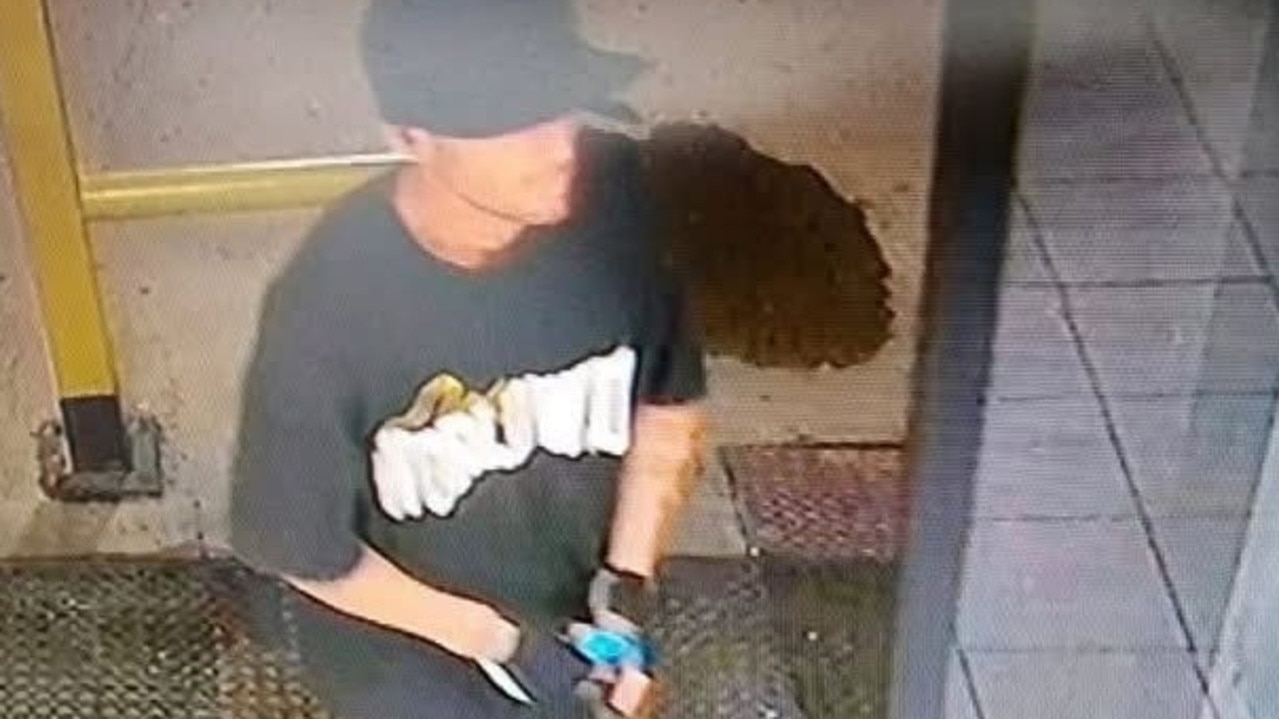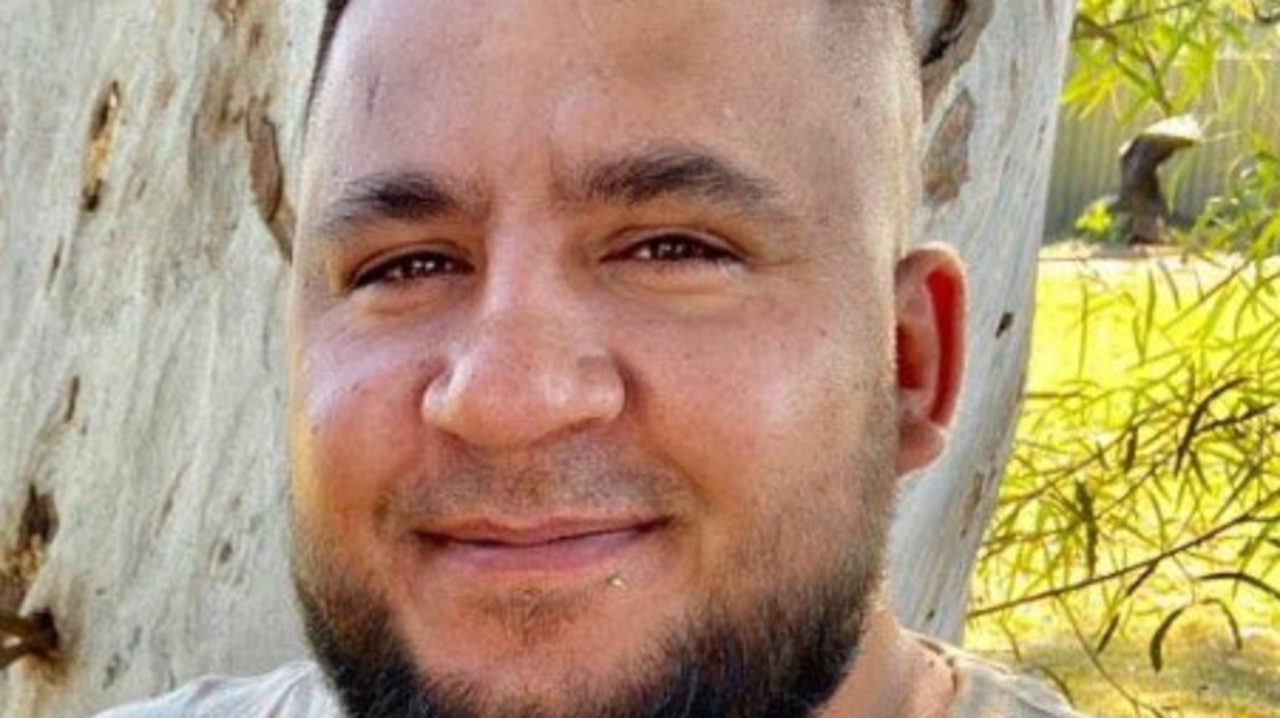Fears Aboriginal rock art will disappear as treasure hunters pilfer Hunter Valley caves
Aboriginal rock and cave art is being cut out and stolen by thieves in a pattern that threatens the country’s cultural history.
Newcastle
Don't miss out on the headlines from Newcastle. Followed categories will be added to My News.
Uncle Warren Taggart’s enthusiasm is as youthful as the tiny, ochre-soaked handprints that spatter the walls of the ancient cave.
Despite him spending more time in these rugged parts of the Hunter Valley than the maturing eucalypts that have sprung up around the sandstone overhang, the Wonnarua elder blissfully sings about the cultural chorus of art that fills the shadows with thousands of years of tales.
But there are parts of the hollow that his wise eyes try to blind from his spirit.
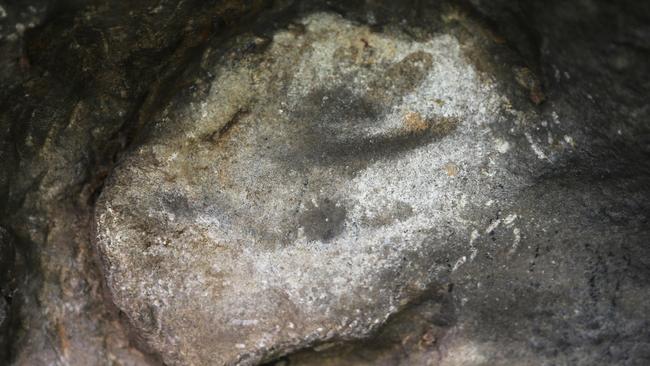
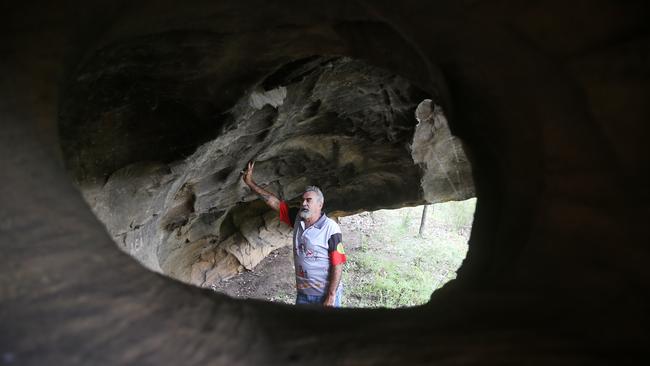
Darkened edges that threaten to stain the deep history that these hills have longingly told for millennia.
Just like at least four other Aboriginal cave art sites within an area not much bigger than Sydney Harbour, this place has attracted modern-day treasure hunters.
Conscience-barren thieves who are using crude tools like portable angle grinders to steal the country’s most precious artforms made from ancient implements and soaked in generations of proud culture.
“Why, just why,’’ Uncle Warren says as his smiling demeanour becomes somewhat serious.
“This is our country’s culture. It is their culture. It is the culture of the place we all call home.’’
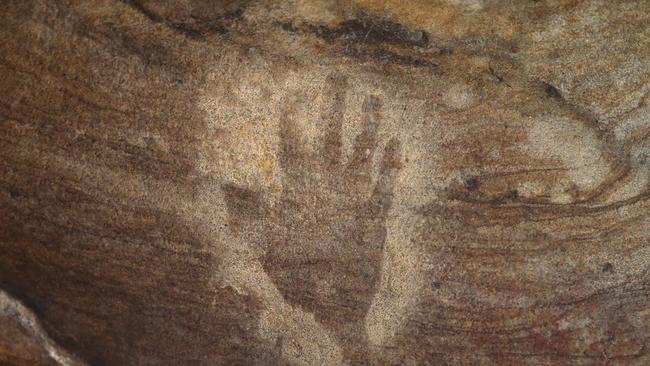
There are tears in Uncle Warren’s eyes as he speaks of the desecration of even more significant cave art with crude graffiti spelling out surnames and denigrating the images of animals and spirits once expertly scrawled using ochre and charcoal.
But it is the blatant chiselling out of some of the art, including children’s handprints which are at least many hundreds of years old, which hits him the hardest.
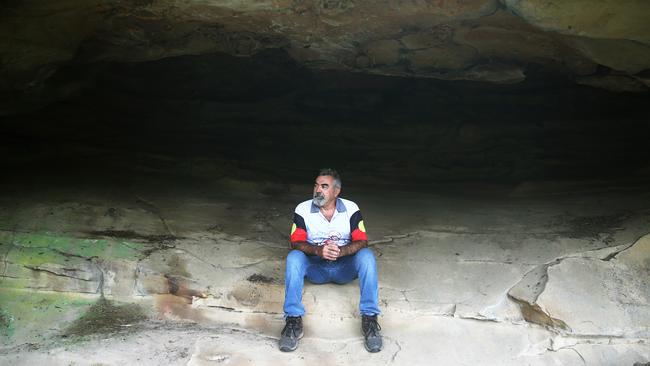
“You can sit here and picture the kids and adolescents doing this,’’ Uncle Warren says.
“You can almost hear the laughter as they played here.’’
There is little evidence of any crude underground market for indigenous rock art, but that is possibly because there has never been any significant investigations into whether such markets exist.
There is anecdotal evidence over the past 15 years to suggest some has been openly sold on websites such as ebay, and rumours have swirled for longer about cashed-up overseas buyers wishing to get their hands on their own piece of history.
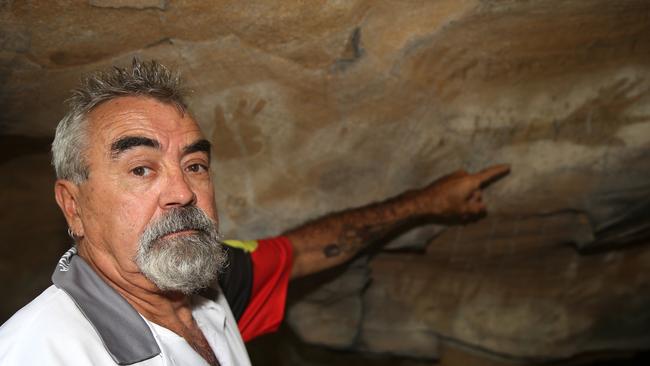
And there are even concerns that by highlighting the premeditated theft of such precious art could do little but attract copycats.
The National Parks and Wildlife Service, whom Uncle Warren helps document the vast caves system across much of the Hunter Valley, and police are aware of the thefts.
In some caves, such as one of several Uncle Warren took The Sunday Telegraph, thieves have appeared to have slowly grounded away the sandstone to free the prize.
But there are also those that appear more professional.
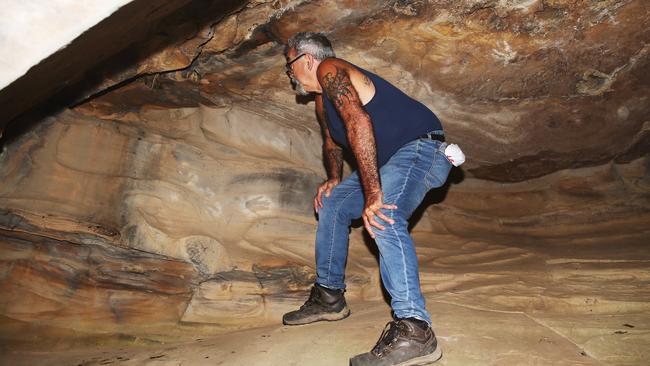
“There is one place that is more than three hours walk from a road, and that is knowing how to walk through the bush and knowing where to go,’’ Uncle Warren says.
“And at that cave, they have walked in an out with a portable angle grinder and done what they have done.’’
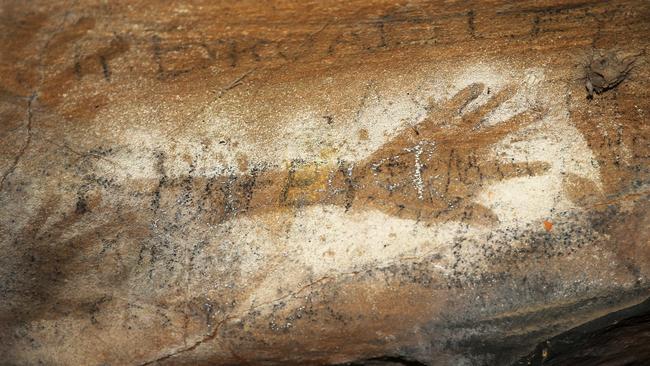
Legislation suggests there are significant fines, and even jail time, for those found to have stolen Aboriginal rock and cave art.
But reality says people are rarely prosecuted.
And there are growing concerns that significant culturally-sensitive Aboriginal rock and cave art sites could be lost within 40 years.
“When a lot of Australians think of Aboriginal people, they may think of the Northern Territory,’’ Uncle Warren says.
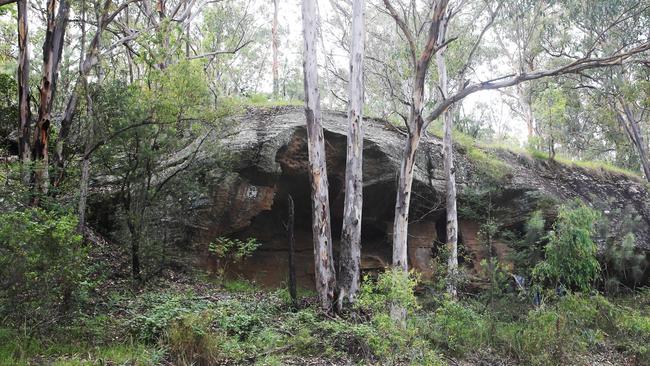
“But we have just as much of a rich culture in our own backyard which needs to be preserved, protected and understood.
“We need these people who are doing this to realise that there have been many generations of people in this country who have enjoyed these, culturally and spiritually.
“And we want many generations to continue to enjoy that history.’’


